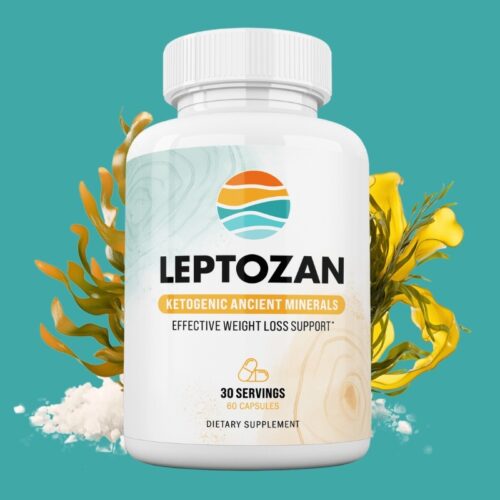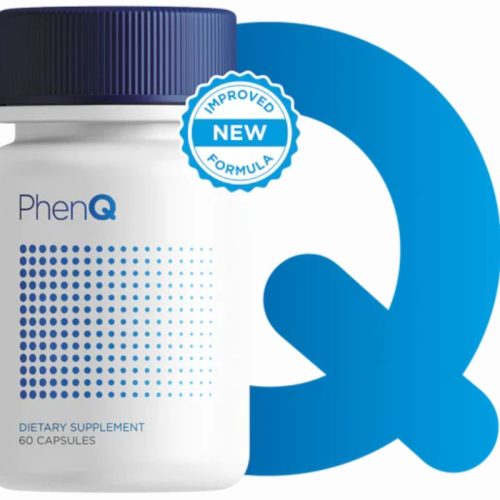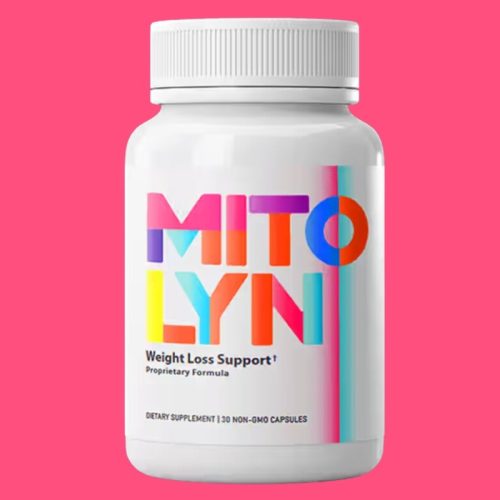Elevate your morning routine with the Japanese Pink Salt Recipe Trick! This simple yet powerful wellness drink combines warm water with a pinch of unrefined pink salt, creating a grounding ritual that promotes hydration and supports digestion. Optional additions like fresh lemon or ginger enhance flavor and energize your mornings. Perfect for those seeking a mindful approach to wellness, this recipe transforms your daily routine into a moment of self-care. Choose the Japanese Pink Salt Recipe Trick for a natural, easy-to-follow ritual that nurtures your body and mind, helping you feel refreshed and ready to tackle the day!
Description
In the world of culinary innovation and holistic wellness, few ingredients have captivated chefs and health enthusiasts quite like Japanese Pink Salt. Revered for its mineral-rich content, distinctive flavor, and aesthetic charm, this pink-hued treasure has become more than just a seasoning—it's a culinary experience. But beyond its exotic appeal lies a growing intrigue surrounding a specific Japanese Pink Salt recipe trick that’s making waves across kitchens and wellness communities alike.
What is this trick? How does it elevate dishes and potentially benefit your health? And why are food lovers across the globe embracing this ancient mineral in modern recipes?
Let’s explore the origins, composition, culinary uses, and the emerging trend of the Japanese Pink Salt recipe trick—and how it could transform your cooking and your health.
Section 1: The Origins of Japanese Pink Salt
1.1 Geographical Source
Unlike the widely known Himalayan pink salt mined in Pakistan, Japanese Pink Salt is harvested from marine sources around Japan, particularly from the Okinawan and Seto Inland Sea regions. These waters are known for their purity and balanced mineral content, giving the salt a unique pinkish hue due to the presence of trace minerals like magnesium, potassium, and iron.
1.2 Traditional Harvesting Techniques
Japan is renowned for preserving traditional craftsmanship. The production of pink salt follows centuries-old methods, where sea water is slowly evaporated using solar heat in clay beds or wooden pans. This slow evaporation process helps retain the full spectrum of minerals and enhances the depth of flavor.
1.3 Cultural Significance
Salt holds a spiritual and culinary role in Japanese culture. It's used in purification rituals at Shinto shrines, and high-quality salts are a staple in artisanal Japanese cuisine. Pink salt is often considered a premium variety, symbolizing natural purity and balance.
Section 2: Nutritional Profile and Health Benefits
2.1 Mineral-Rich Composition
Japanese Pink Salt is not refined, unlike commercial table salt. It retains natural trace minerals, offering:
-
Magnesium – supports muscle and nerve function
-
Potassium – crucial for heart health and hydration
-
Iron – supports red blood cell production
-
Calcium – essential for bone strength
2.2 Lower Sodium Content
Due to the presence of other minerals, Japanese pink salt tends to have a slightly lower sodium concentration than regular table salt. This makes it a favored alternative for those managing hypertension or salt-sensitive conditions.
2.3 Alkalizing Properties
The alkaline mineral content of pink salt may help neutralize acidity in the body. Advocates of alkaline diets claim it helps with inflammation, digestion, and energy levels, although more research is needed to support these claims conclusively.
Section 3: The Japanese Pink Salt Recipe Trick Explained
3.1 The Secret: “Blooming” Salt in Oil
The central trick to using Japanese pink salt effectively lies in a technique known as “blooming”—a method of dissolving the salt in warm oil before adding it to recipes. Here's why it matters:
-
Unlocks deeper flavor: Warming the salt in oil helps activate volatile minerals and aromas.
-
Even distribution: It prevents grainy textures and ensures each bite is perfectly seasoned.
-
Enhances absorption: The oil-salt fusion can improve the delivery of fat-soluble vitamins and minerals.
This trick is inspired by Japanese infusion techniques used in pickling, broths, and flavored oils.
3.2 How To Bloom Japanese Pink Salt
Ingredients:
-
1 tsp Japanese pink salt
-
1 tbsp sesame oil or olive oil (depending on your recipe)
Steps:
-
Warm the oil over low heat—do not let it smoke.
-
Add the pink salt and stir gently until it dissolves or semi-dissolves.
-
Remove from heat and use immediately over vegetables, proteins, or grains.
3.3 Flavor Combinations That Shine
-
Miso-Glazed Eggplant: Bloomed pink salt in sesame oil enhances umami.
-
Grilled Fish or Tofu: A finishing drizzle of pink salt oil deepens savory notes.
-
Rice Bowls: Bloomed salt added to steamed rice before toppings makes a big difference.
-
Pickled Vegetables: Acts as both a preservative and flavor booster.
Section 4: Why It Works – Culinary Science
4.1 Heat Activation of Minerals
When pink salt is warmed in oil, certain trace minerals become more bioavailable and aromatic. This mirrors the way spices release flavor when toasted.
4.2 Salt Fat Synergy
Salt and fat are two of the most powerful flavor carriers. When combined correctly, they enhance each other’s impact:
-
Fat coats the tongue, allowing salt’s flavor to linger longer.
-
Salt balances bitterness and intensifies sweetness and umami.
This synergy is at the heart of many iconic Japanese dishes like shioyaki (salt-grilled fish).
Section 5: Modern Applications and Recipes
5.1 Japanese Pink Salt Citrus Dressing
Ingredients:
-
1 tsp bloomed pink salt in olive oil
-
2 tbsp yuzu or lemon juice
-
1 tsp honey
-
1 tsp grated ginger
Use over steamed vegetables, seafood, or salads.
5.2 Pink Salt Butter
Mash bloomed pink salt into unsalted butter for a savory spread that pairs well with sourdough or grilled corn.
5.3 Pink Salt Teriyaki Glaze
Add bloomed pink salt to homemade teriyaki sauce for richer mouthfeel and flavor harmony.
Section 6: Japanese Pink Salt in Wellness Rituals
6.1 Salt Baths
Due to its mineral content, Japanese pink salt is occasionally used in soaking baths to:
-
Relieve muscle tension
-
Detoxify the skin
-
Promote relaxation
6.2 Salt Gargle
A traditional Japanese remedy involves gargling salt water to soothe sore throats or prevent colds. Japanese pink salt is favored for its purity and gentle mineral balance.
Section 7: How to Choose Authentic Japanese Pink Salt
7.1 Read the Label
Look for:
-
Harvest location (Seto Inland Sea, Okinawa)
-
No anti-caking agents or additives
-
Marine-derived, not rock salt
7.2 Trusted Brands
Seek out brands that emphasize:
-
Hand-harvested or sun-dried processes
-
Certifications for purity
-
Japanese origin, not imitations from other countries
Section 8: Sustainability and Ethics
8.1 Environmental Considerations
Small-batch Japanese salt harvesting uses low-energy evaporation methods, minimizing carbon footprint.
8.2 Supporting Local Artisans
Buying authentic Japanese pink salt supports coastal communities and preserves traditional craftsmanship. Look for fair trade or direct-import labels when possible.
Section 9: Final Thoughts – The Culinary and Cultural Magic of Japanese Pink Salt
The Japanese Pink Salt Recipe Trick isn’t just a culinary technique—it’s a philosophy. It embodies the Japanese principle of shokunin: meticulous craftsmanship, respect for ingredients, and pursuit of perfection.
By mastering the simple act of blooming pink salt in oil, you unlock a layered experience—enhanced taste, improved nutrition, and a deeper connection to the food on your plate. Whether you're a gourmet chef or a home cook, this small change in technique can yield a big return in both flavor and wellness.
Conclusion
From its mineral-rich marine origins to its role in modern kitchen alchemy, Japanese Pink Salt offers a rare blend of health benefits, cultural depth, and culinary power. The secret blooming trick—simple yet transformative—reminds us that flavor lies not just in ingredients, but in how we use them.
Frequently Asked Questions (FAQs)
1. What makes Japanese Pink Salt different from Himalayan Pink Salt?
While both are visually similar, Japanese Pink Salt is marine-derived, harvested from sea waters like the Seto Inland Sea, while Himalayan Pink Salt is a rock salt mined from ancient sea beds in Pakistan. Japanese Pink Salt is known for a brighter flavor, lower sodium, and higher moisture content, making it more suitable for blooming and delicate dishes.
2. What is the “blooming” technique, and why is it important?
Blooming involves gently warming Japanese pink salt in oil to release deeper flavors and enhance mineral absorption. This technique ensures a more even seasoning, a smoother texture in dishes, and a subtly richer taste profile than sprinkling raw salt.
3. Can I use Japanese Pink Salt in baking?
Yes! While it’s more commonly used in savory dishes, Japanese Pink Salt can add a gourmet twist to baked goods like salted chocolate cookies or shortbread. Due to its intense mineral flavor, use it sparingly and always bloom it if using it in savory doughs or crusts.
4. Is Japanese Pink Salt safe for people on a low-sodium diet?
Although it contains slightly lower sodium and additional minerals compared to table salt, it's still salt and should be used in moderation, especially by individuals with hypertension or kidney conditions. Consult a healthcare provider for personalized advice.
5. How can I store Japanese Pink Salt properly?
Store Japanese Pink Salt in an airtight, non-metallic container to protect it from moisture and preserve its mineral integrity. Ceramic or glass jars are ideal. Keep it in a cool, dry place away from direct sunlight.6. Where can I buy authentic Japanese Pink Salt?
Look for reputable online retailers or specialty stores that carry Japanese artisanal products. Ensure the label mentions marine origin, no additives, and ideally identifies the region (e.g., Seto Inland Sea or Okinawa). Avoid imitations labeled as “pink salt” without clear sourcing.
7. Can I substitute Japanese Pink Salt in everyday cooking?
Absolutely! You can use it in place of regular salt in most recipes, but be aware that it has a more nuanced flavor. It's especially good as a finishing salt or in delicate dishes where mineral complexity matters.
8. Does blooming pink salt change its nutritional properties?
Warming the salt in oil does not destroy its minerals. In fact, the heat helps activate certain trace elements and allows better flavor dispersion, making the nutrients more bioavailable when consumed with fats.
9. Is Japanese Pink Salt vegan and allergen-free?
Yes. Japanese Pink Salt is a vegan, gluten-free, allergen-free natural product with no added chemicals or processing agents. However, always check the label for added flavorings or infusions if buying flavored versions.
10. Can I use bloomed pink salt oil for skincare or wellness rituals?
While Japanese Pink Salt is rich in minerals beneficial to the skin, bloomed oil preparations should not be applied directly to the skin, as culinary oils are not formulated for skincare. For wellness use, opt for Japanese pink salt bath soaks or DIY scrubs mixed with skin-safe oils like jojoba or coconut oil.




